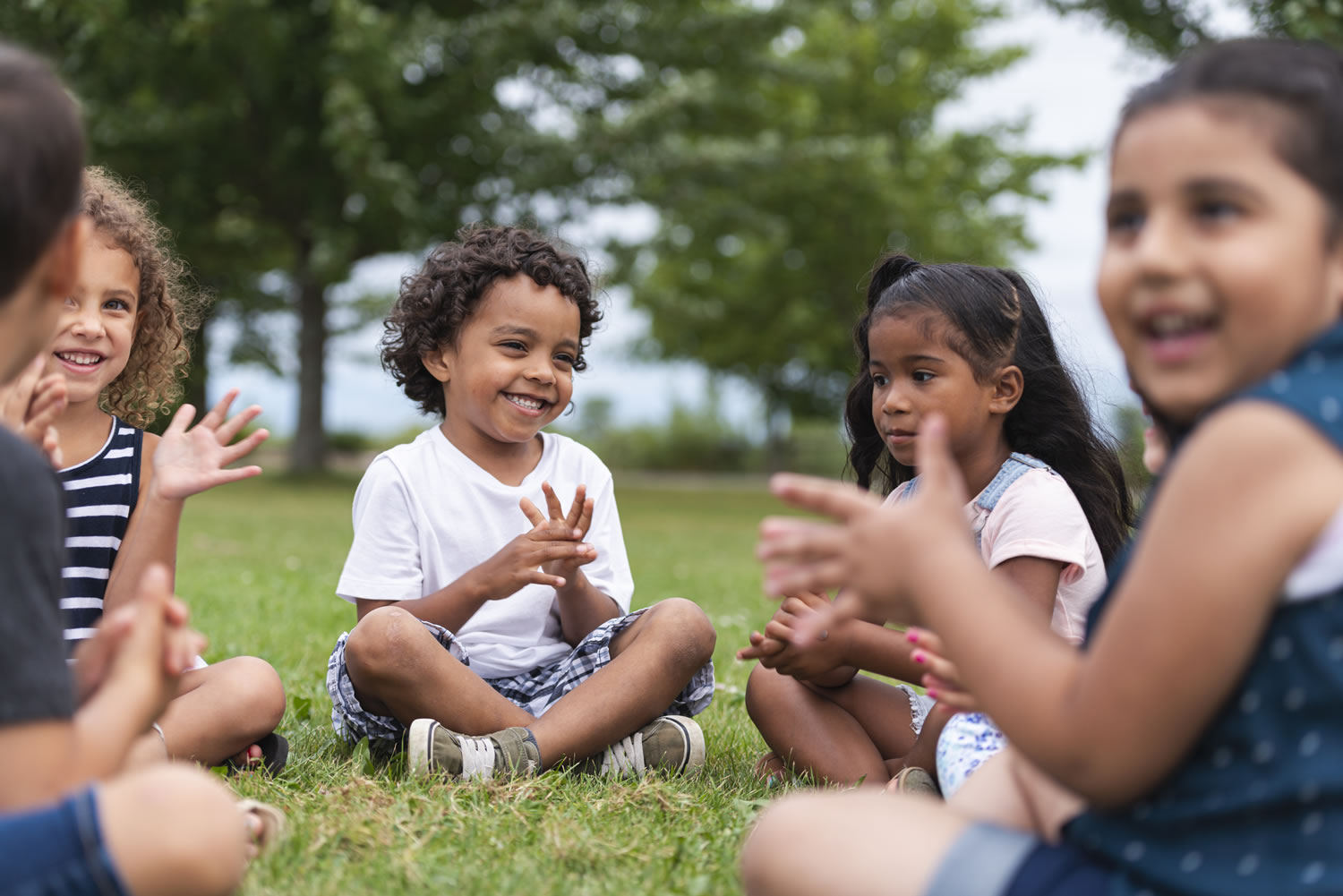Meet the Christchurch Preschool in the Park
Published on Tuesday, 27 April 2021
Last updated on Monday, 26 April 2021

Ten years on from the devastation of the 2010/2011 earthquakes, New Zealand, and much of the world beyond, has changed dramatically. Thankfully for some, the change has been a challenging but ultimately positive experience.
The Casa Dei Bambini Montessori preschool for two to five year olds, set in the heart of the city’s red zone along the Avon River, has changed for the better in the last ten years.
This progressive preschool is now thriving as one of only four businesses remaining in the North Avon area of Christchurch, and uses the changed landscape to its benefit.
In the earthquakes the preschool was damaged multiple times. However, thanks to renovations the building had just undergone to be more earthquake ready, damage was nowhere near as bad as that suffered by the surrounding residences, 8000 of which were subsequently bought out by the government and bulldozed.
As a result, Casa - as it is affectionately known - now sits in a suburban wilderness with near-private access to a vast, naturally regenerated parkland that teachers and children take full advantage of.
Casa Dei Bambini’s team of six teachers, who are also all Montessori-trained educators, have integrated trips beyond the centre’s gates into their daily routine.
They take the children out into what were once suburban backyards but have since evolved into an open green space complete with native wildlife, fruit trees ripe for the picking and endless opportunities for outdoor play.
“We’ve got just this vast park around us,” says head teacher Maree Orland. “We try and utilise it as much as we can.”
Having fresh apples, pears, figs and peaches for morning tea is just one of the perks of this more natural preschool experience.
So how has the preschool stayed open during the hardship of the last decade, when the community it served now no longer exists?
“Word of mouth is how Casa survives,” says preschool manager Kathleen Gisho.
“The preschool in the park is a destination, so parents come and we love them for that effort that they make.”
While enrollments dropped off drastically after the quakes to less than a third of their former number, these days the centre has returned to capacity and teachers and students have never been happier.
One reason that parents make the trip to the centre from all over Christchurch is the safety of drop off and pick-up time.
Roads which were once busy throughout the day now have very little traffic, so this often chaotic time of day is a little easier and more enjoyable when parents can find nearby parking quickly, and relish the walk through the park to get to school in the mornings.
And another of the biggest changes the staff of the centre have noticed in the area during the last decade? When the people moved out, the birds moved back in. Fantails, bowerbirds and pukekos are now the preschool’s neighbours, and are visited often by the children.
In this Montessori facility, Casa teachers have a child-centred approach to education, where play and learning encourage independence in each child while embracing their individuality.
Teachers each have a group of up to eight children in their care. As well as outdoor exploration of the parklands, their daily curriculum allows children to freely choose activities ranging from literacy, numeracy, art and music to cooking and baking, gardening and even yoga. Social, interactive play is encouraged, and group activities are included every day.
Inspired by past events, and encouraged by the local government, centres across New Zealand now also practice regular earthquake safety drills. ‘
Turtle Safe’ is a short educational video that teaches preschoolers how to protect themselves in case of an earthquake emergency, showing them how to drop, cover and hold - drop to the ground, take cover under a table if possible, and hold onto the legs so that the table doesn’t move away from you.
If no tables are available or if you’re outside, the video and accompanying song teach children to be ‘turtle safe’ by getting down on their knees and elbows, tucking their bodies in like a turtle in its shell, and covering their heads with their hands.
It’s also important for educators to speak to children about earthquakes regularly. Explain what they are, what happens to the world around them during earthquakes and teach children how to prepare for an emergency.
Regular conversations and safety practice drills all work to help keep children safe in the event of an earthquake emergency, as well as helping them to be less afraid and confident in their teachers’ knowledge of how to protect them should such an event occur again.
Related Articles

Forest kids and the move towards outdoor learning
Why nature play and outdoor learning is so beneficial for kids.

Goodbye glitter, hello new world of shiny eco-sparkles
Why banning glitter is so important and a variety of alternatives for early education services.

The magic of learning outdoors
A range of fun, cost effective and educational outdoor learning experiences to engage the children in your early education service.
